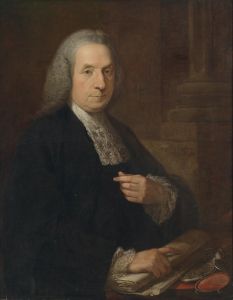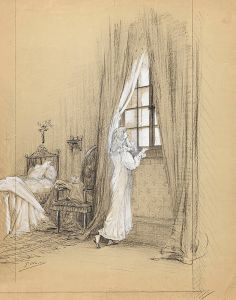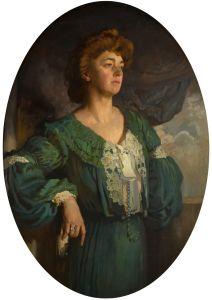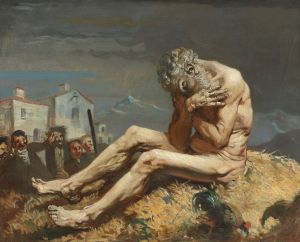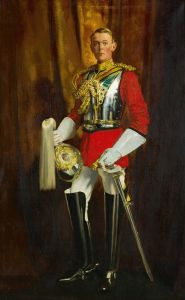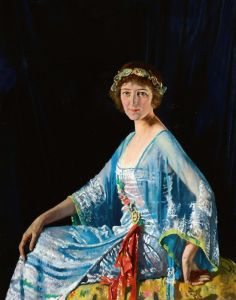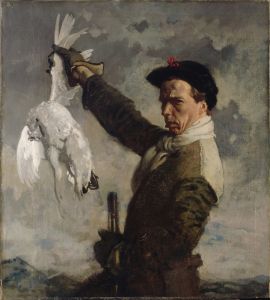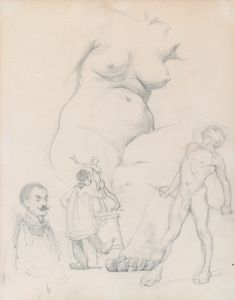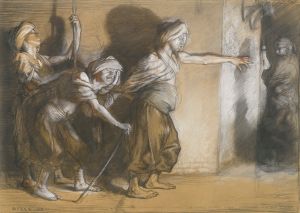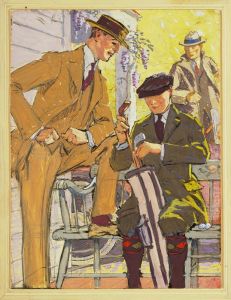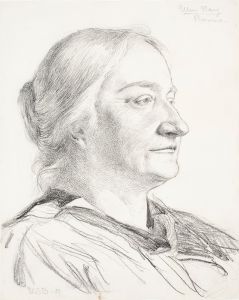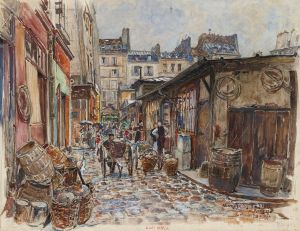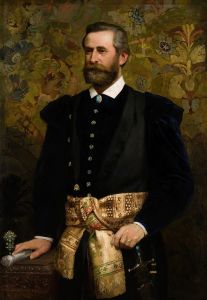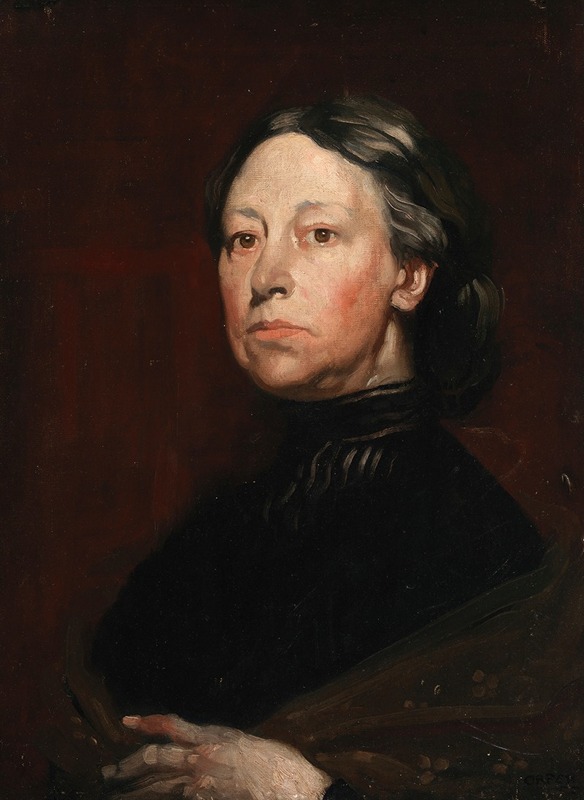
Portrait of Augusta Gregory , Dramatist and Folklorist
A hand-painted replica of William Orpen’s masterpiece Portrait of Augusta Gregory , Dramatist and Folklorist, meticulously crafted by professional artists to capture the true essence of the original. Each piece is created with museum-quality canvas and rare mineral pigments, carefully painted by experienced artists with delicate brushstrokes and rich, layered colors to perfectly recreate the texture of the original artwork. Unlike machine-printed reproductions, this hand-painted version brings the painting to life, infused with the artist’s emotions and skill in every stroke. Whether for personal collection or home decoration, it instantly elevates the artistic atmosphere of any space.
"Portrait of Augusta Gregory, Dramatist and Folklorist" is a painting by the Irish artist William Orpen. This portrait features Lady Augusta Gregory, a prominent figure in the Irish Literary Revival and a co-founder of the Abbey Theatre in Dublin. The painting is a significant representation of Lady Gregory, who was an influential dramatist, folklorist, and patron of the arts in early 20th-century Ireland.
William Orpen, born in 1878 in Stillorgan, County Dublin, was a notable Irish portrait painter and a member of the Royal Hibernian Academy. He was known for his technical skill and his ability to capture the character and personality of his subjects. Orpen's work spans various genres, but he is particularly celebrated for his portraits.
Lady Augusta Gregory, born Isabella Augusta Persse in 1852, was an Anglo-Irish playwright, folklorist, and theatre manager. She played a crucial role in the Irish Literary Revival, a movement aimed at promoting Irish literature and culture. Alongside W.B. Yeats and Edward Martyn, she co-founded the Abbey Theatre in 1904, which became Ireland's national theatre and a cornerstone of Irish cultural life.
The portrait of Lady Gregory by Orpen is notable for its detailed and respectful depiction of her. Orpen captures her dignified presence and intellectual aura, reflecting her status as a leading cultural figure. The painting is characterized by its realistic style, with careful attention to detail and texture, typical of Orpen's approach to portraiture.
Lady Gregory's contributions to Irish literature and theatre were immense. She wrote numerous plays, many of which were performed at the Abbey Theatre, and she was instrumental in nurturing the talents of other writers, including J.M. Synge and Sean O'Casey. Her work in collecting and preserving Irish folklore was also significant, as she published several collections of folk tales and myths, ensuring that these stories were not lost to future generations.
The exact date of the painting is not specified, but it is likely to have been created during the early 20th century, a period when both Orpen and Lady Gregory were at the height of their careers. The portrait remains an important piece of Irish cultural history, capturing the likeness of a woman who had a profound impact on the arts in Ireland.
Today, the painting is held in a private collection, and it continues to be appreciated for its artistic merit and historical significance. It serves as a testament to the enduring legacy of Lady Augusta Gregory and the skill of William Orpen as a portrait artist.





